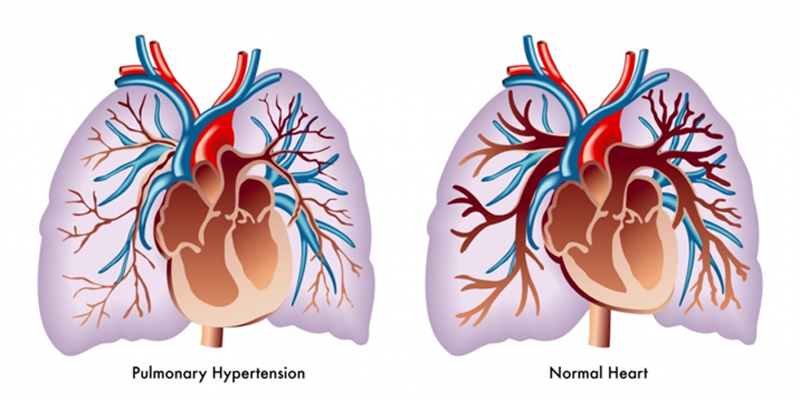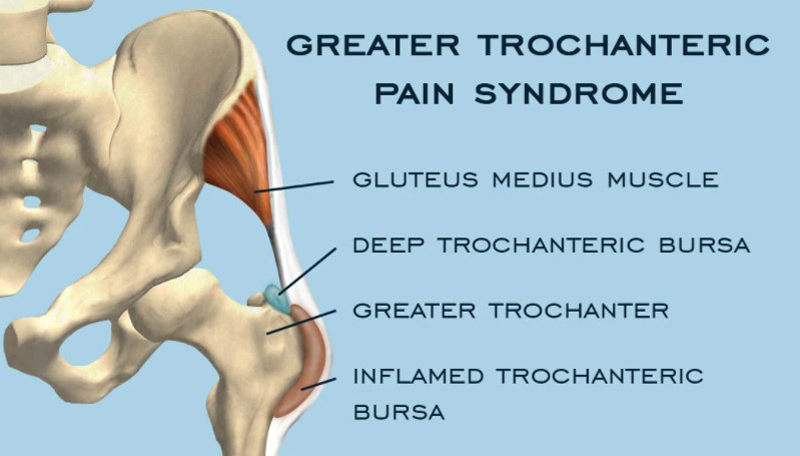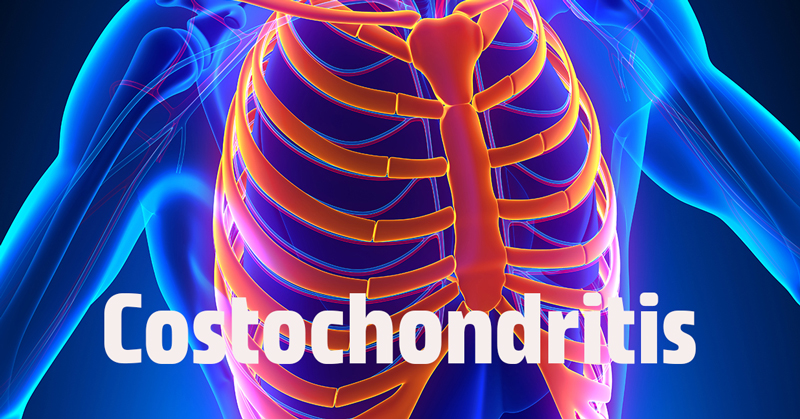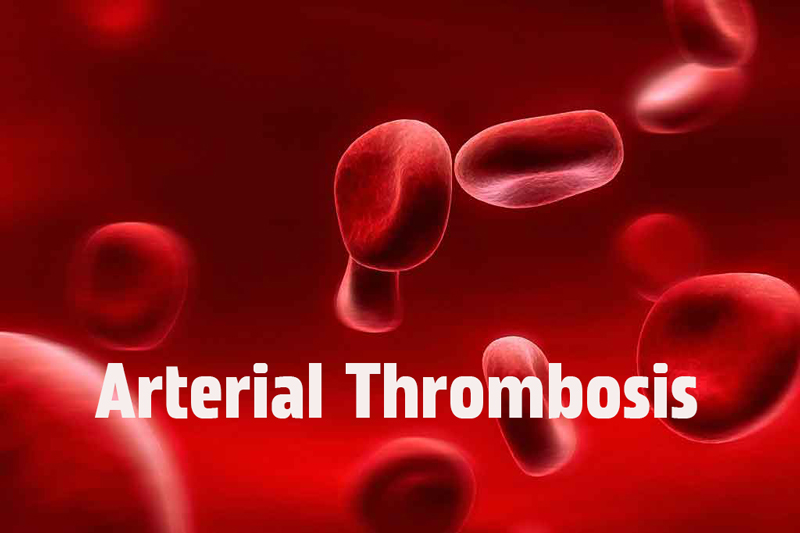TEER: A Less Invasive Treatment Option for Heart Valve Repair
Aug. 16, 2023 #Heart Health
TEER: A Minimally Invasive Procedure
Transcatheter edge-to-edge repair (TEER) is an innovative and minimally invasive procedure that offers a promising solution for individuals with heart valve disease.Unlike traditional heart valve surgery, TEER provides numerous benefits and improved outcomes for patients in a less invasive manner.
Key Points
- TEER, short for transcatheter edge-to-edge repair, is a minimally invasive procedure used to repair heart valve tears.
- This procedure involves using a catheter to repair the affected valves.
- TEER is a less invasive alternative to traditional heart valve surgery.
- It offers a safer and more accessible treatment option for individuals with heart valve disease.
Heart valve disease, characterized by "leaky" heart valves, significantly impacts an individual's quality of life.Previously, repairing these damaged valves required invasive open-heart surgery.However, with the emergence of TEER, the treatment approach has been revolutionized to provide a safer and more accessible option.
During a TEER procedure, a catheter is used to access the heart valve through a small incision, usually in the groin area.The catheter delivers a small device that repairs the valve by creating an "edge-to-edge" connection, effectively sealing the tear.This innovative technique eliminates the need for open-heart surgery and its associated risks and complications.
Compared to traditional heart valve surgery, TEER offers several advantages.Firstly, it is a minimally invasive procedure, resulting in smaller incisions and reduced trauma to the body.This leads to shorter hospital stays and quicker recovery times for patients.Additionally, TEER avoids the need for a sternotomy (splitting of the breastbone), further enhancing patient comfort.
Moreover, TEER presents a more accessible treatment option for individuals with heart valve disease.Traditional heart valve surgery can be challenging for patients with underlying health conditions or at high surgical risk.TEER provides a less risky alternative that effectively addresses heart valve issues.
In conclusion, TEER, or transcatheter edge-to-edge repair, is a minimally invasive procedure that offers hope to individuals with heart valve disease.Its effectiveness in repairing heart valve tears, combined with its less invasive approach, make it an appealing treatment option.By providing a safer and more accessible alternative, TEER is poised to improve the lives of many individuals affected by heart valve disease.
Study Supports the Use of TEER
A comprehensive study has confirmed the efficacy of TEER (transcatheter edge-to-edge repair) as an effective procedure for repairing heart valve tears.This groundbreaking technique offers a less invasive alternative to traditional heart valve surgery, providing numerous benefits and improved outcomes for patients.
Key Points
- A large-scale study has demonstrated the effectiveness of TEER in repairing "leaky" heart valves.
- TEER is a supported and successful alternative to traditional heart valve surgery.
- It offers a less risky and more accessible treatment option for individuals with heart valve disease.
The study conducted on TEER provides strong evidence of its effectiveness in repairing heart valve tears.This minimally invasive procedure, utilizing a catheter for valve repair, has proven successful in addressing the issue of "leaky" heart valves.
One of the key findings of the study is that TEER can serve as a successful alternative to traditional heart valve surgery.By avoiding the need for open-heart surgery, TEER significantly reduces the risks and complications associated with the procedure.This makes it an attractive option for individuals with heart valve disease who may be at high surgical risk or have underlying health conditions.
In addition to its efficacy, TEER offers potential advantages in terms of accessibility.Traditional heart valve surgery can be challenging for certain individuals due to factors such as age, frailty, or comorbidities.TEER provides a less risky alternative that effectively addresses heart valve issues, making it a more accessible treatment option for a wider range of patients.
In summary, the study supports the use of TEER as an effective procedure for repairing heart valve tears.It highlights TEER as a successful alternative to traditional heart valve surgery, offering a less risky and more accessible treatment option for individuals with heart valve disease.These findings have the potential to significantly improve the lives of many people affected by heart valve issues.
Benefits of TEER
Transcatheter edge-to-edge repair (TEER) provides several notable benefits compared to traditional heart valve surgery.This minimally invasive procedure offers a less painful recovery experience and shorter recuperation time for patients.Here are some key advantages of TEER:
Less Pain and Shorter Recovery Time
TEER involves smaller incisions and less trauma to the body, resulting in reduced pain and discomfort when compared to traditional heart valve surgery.The shorter recovery time allows patients to resume their daily activities sooner.
Reduced Risk of Complications
TEER significantly reduces the risk of complications associated with traditional heart valve surgery.By avoiding techniques such as sternotomy (splitting of the breastbone) and other invasive methods, TEER minimizes the chances of infection, bleeding, and other potential complications.
More Accessible Treatment Option
TEER offers a more accessible treatment option for individuals who may not be suitable candidates for open-heart surgery due to underlying health conditions or high surgical risk.This less risky alternative effectively addresses heart valve issues, expanding the treatment options available to a broader range of patients.
Improved Symptoms and Quality of Life
TEER plays a significant role in improving symptoms and enhancing the overall quality of life for patients with heart valve disease.By repairing heart valve tears, TEER restores proper valve function, thereby reducing symptoms such as shortness of breath, fatigue, and chest pain.This improvement contributes to a better quality of life for individuals undergoing TEER.
In conclusion, TEER offers several benefits compared to traditional heart valve surgery.It is a minimally invasive procedure that results in less pain, shorter recovery time, and a reduced risk of complications.Moreover, TEER provides a more accessible treatment option for individuals who may not qualify for open-heart surgery.By improving symptoms and enhancing quality of life, TEER shows promise as a groundbreaking solution for individuals with heart valve disease.















COMMENTS